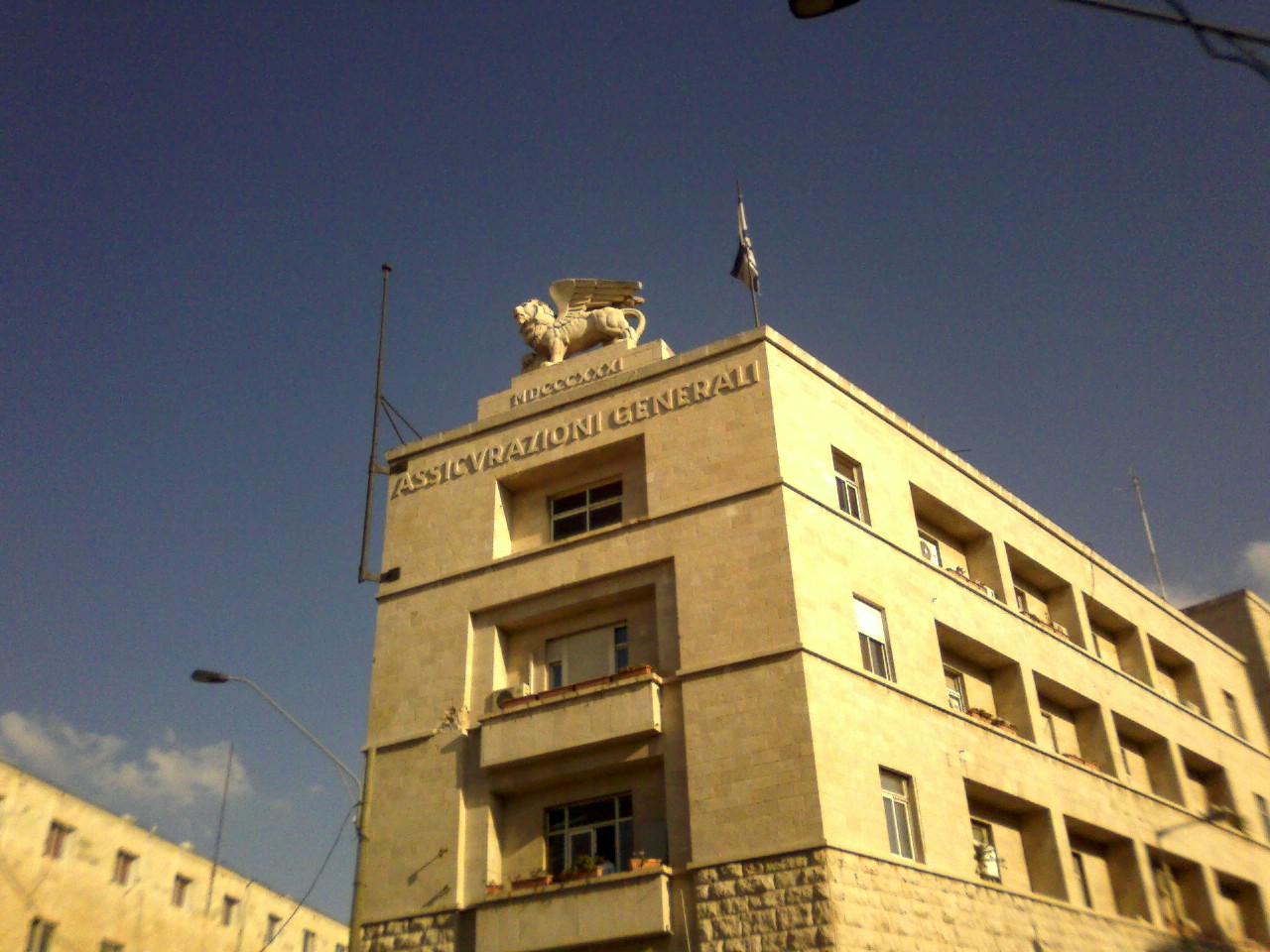A founder of Fascist architecture: Marcello Piacentini was born in Rome on 8 December 1881. The son of architect Pio Piacentini, Marcello studied a combination of art and engineering in his early years, the former at the Academy of Arts in Rome and the latter at the University of Rome. He rapidly developed into one of the most prolific architects working in Rome in the early 20th century. His approach to design, which he considered a schematic or “simplified neoclassicism,” allowed for streamlined sobriety in his facades and contributed to an imposing architectural air, for which for which Fascist era architecture is known.
Over the course of his career, Piacentini received commissions for structures across Italy and even as far as Israel and Libya, but he is perhaps best known for his contributions to the architectural landscape of Rome. Later in his career he turned to teaching, with his architectural production declining in line with the fall of Fascism. He died in Rome on 19 May 1960.
Further reading: Giorgio Ciucci, Simonetta Lux, and Franco Purini, Marcello Piacentini architetto: 1881-1960. Roma: Gangheri, 2012).
Photograph of Marcello Piacentini, wearing the uniform of the Royal Academy of Italy.
Sacro Cuore di Cristo Re, Rome. 1920-1934.
General Building, Jerusalem. 1934-1935.
Albergo Italia (designed with Luigi Piccinato), Benghazi.1913.
La Sapienza (University of Rome), Rome, 1935.





